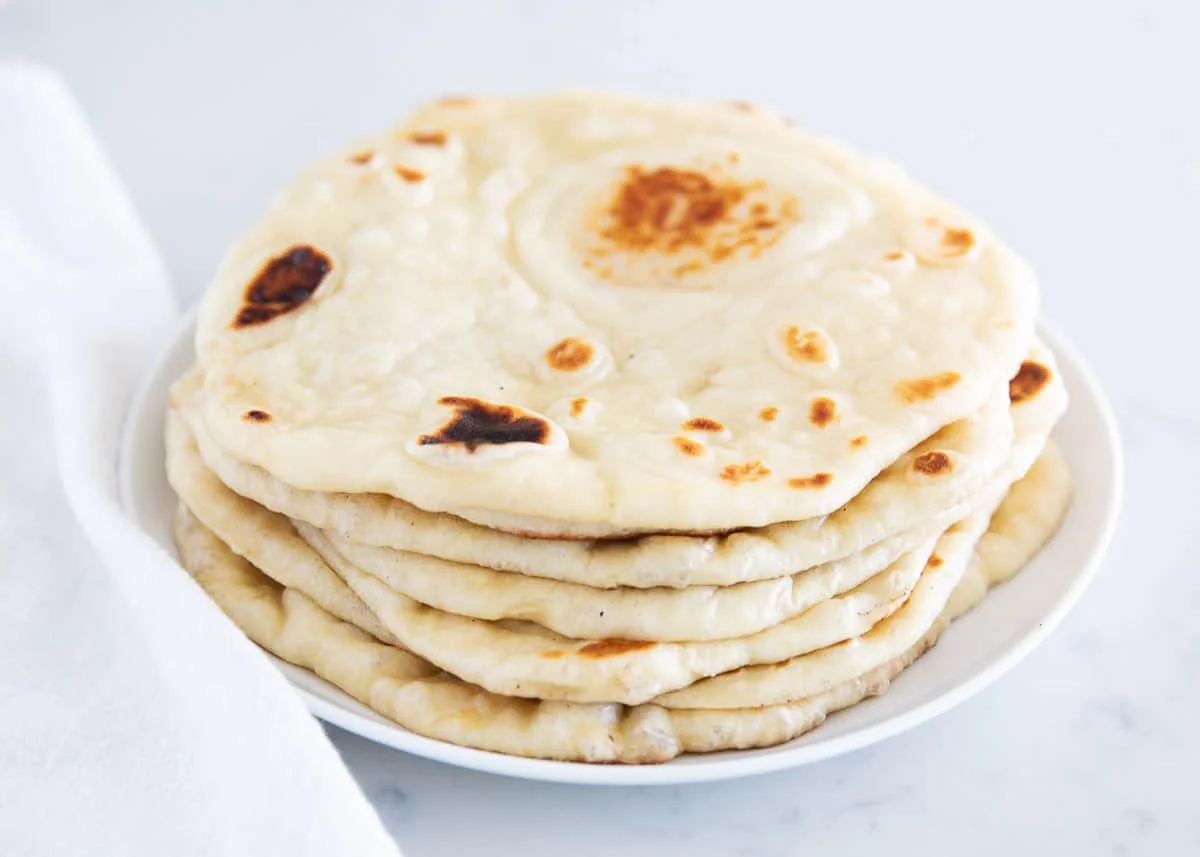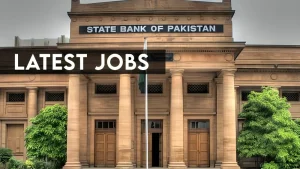Islamabad, 15, May, 2025: Naan prices are under threat as the Naanbai Association signals a likely increase in the cost of naan, roti, and paratha due to a notable surge in flour prices.
The warning comes amid a sharp hike of Rs300 to Rs500 in the cost of flour and fine white flour sacks across both wholesale and open markets.
The association has indicated that unless flour rates are brought back to a manageable level, tandoor owners may be forced to revise the prices of essential bread items in the coming week.
A meeting of the Price Control Committee has reportedly been scheduled to review the situation and explore possible measures to prevent a price spike.
READ MORE: Price Checkers Yields Rs45 Mln Fines Amid Persistent Overcharging in Karachi
Flour Sack Prices Surge
Shafiq Abbasi, serving as the central president of the Naanbai Association, explained that the cost of a 79-kilogram sack of red flour has jumped from Rs5,250 to Rs5,750.
When transportation and handling fees are included, the total cost borne by tandoors reaches approximately Rs5,850.
He further shared that the price of a sack of fine white flour has also seen a substantial rise, increasing from Rs6,400 to Rs6,700 in recent days.
Naan sellers are expressing concern over the widening gap between raw material costs and fixed selling prices, which, they say, is becoming increasingly difficult to manage.
They have emphasized that without government intervention or price adjustments in the flour supply chain, the increase in naan and roti prices appears unavoidable.
Demand for Relief
The Naanbai Association has urged relevant authorities to stabilize flour prices and consider subsidies or relief packages to prevent inflation of staple food items.
READ MORE: Rawalpindi’s Breakfast Culture Impresses Foodies Nationwide
In their view, the rising cost burden not only affects small businesses but also places a strain on consumers who rely on naan as part of their daily meals.
As the situation develops, the outcome of the Price Control Committee’s meeting will likely determine whether the public will soon have to pay more for their everyday bread.









